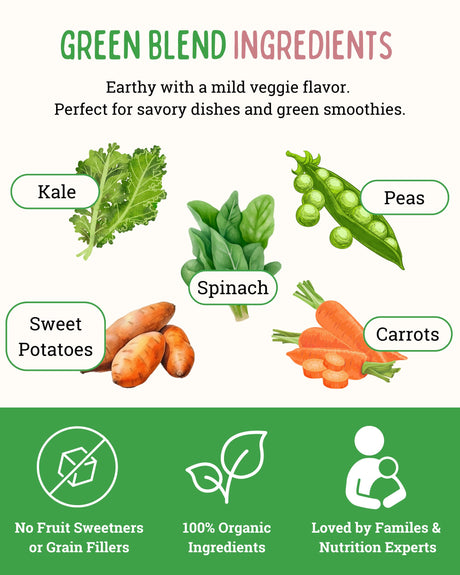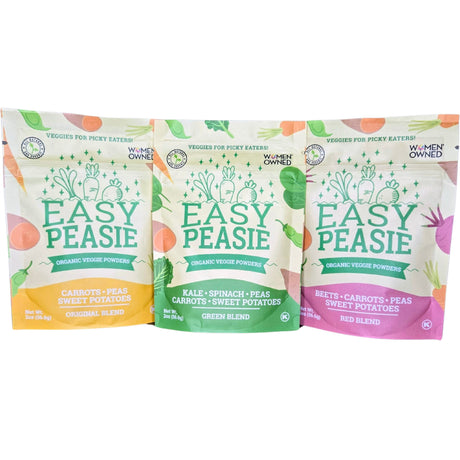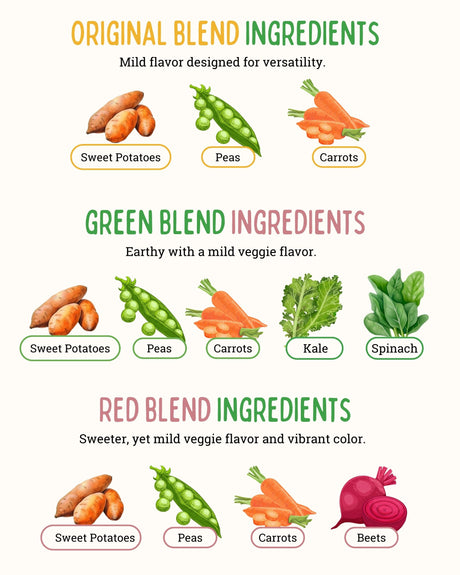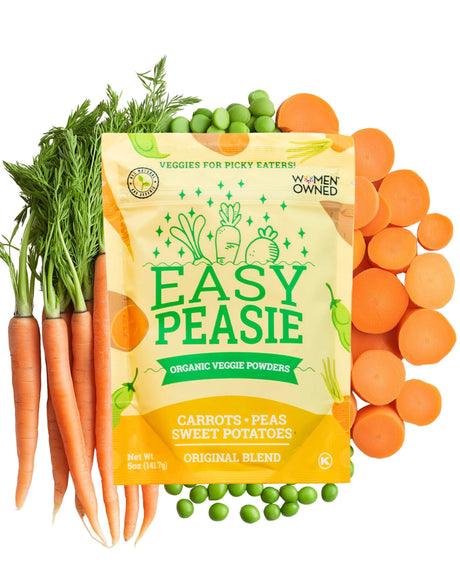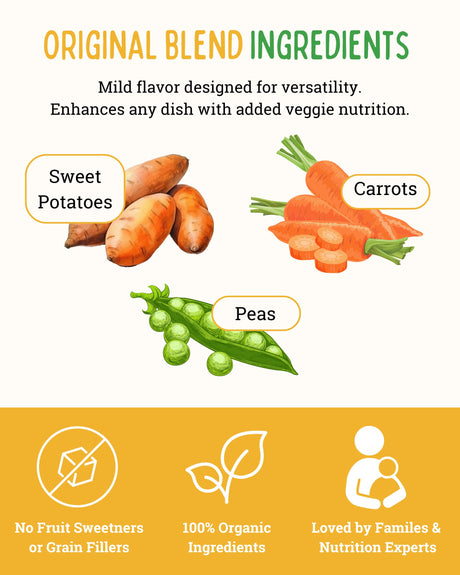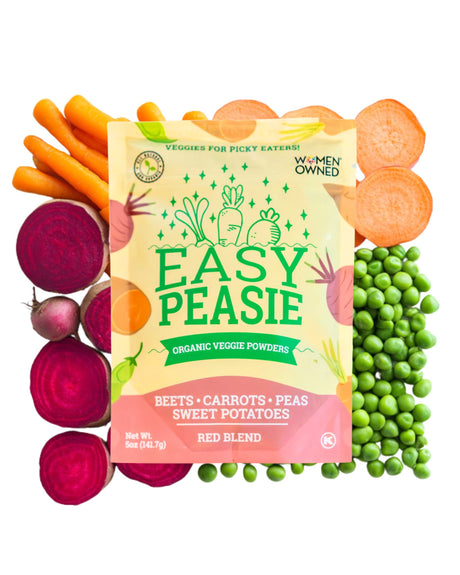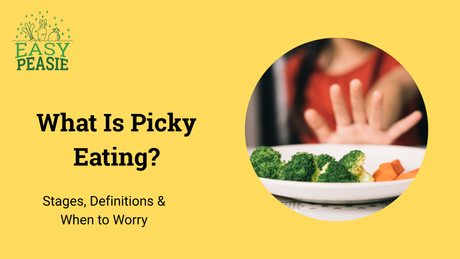The Challenge of Getting Kids to Eat Vegetables
Ah, the age-old struggle—getting kids to eat their veggies. It’s a battle many parents know all too well. Whether it’s the color, the texture, or simply the idea of something green on their plate, kids often put up a fight when it comes to vegetables. Picky eaters can turn mealtime into a battlefield, leaving parents frustrated and worried about their child’s nutrition.
But here’s the good news: incorporating more vegetables into your kids’ meals doesn’t have to be a daunting task. Vegetables are packed with essential vitamins, minerals, and fiber that support growth, boost the immune system, and promote overall health.
By finding creative ways to introduce these nutrient powerhouses, you can help set the stage for a lifetime of healthy eating habits.
In this blog, we’re going to dive into the world of hidden veggie recipes and sneaky techniques that make it easier than ever to get your little ones eating their greens (and reds, oranges, and yellows too!). We’ll explore how to seamlessly blend vegetables into everyday meals, share fun and kid-approved recipes, and offer tips to make vegetables more appealing and exciting. Whether you’re dealing with a serious veggie-averse kiddo or just looking to boost your family’s nutrition, you’re in the right place. Let’s get sneaky with those veggies!
Hidden Veggie Recipes
What Are Hidden Veggie Recipes?
Hidden veggie recipes are a clever way to incorporate more vegetables into your child’s meals without them even realizing it. These recipes involve blending, pureeing, or disguising vegetables in meals that kids already love.
The goal is simple, boost nutrition while avoiding the mealtime battles that often come with serving veggies in their obvious form.
By sneaking vegetables into familiar dishes, parents can ensure their kids are getting essential nutrients without the fuss.
Benefits of Hidden Veggies in Meals
The nutritional benefits of hidden veggies are vast. By adding vegetables to everyday dishes, you can significantly increase your child’s intake of vitamins, minerals, and fiber—all crucial for their growth and development. Hidden veggies can help bridge the gap for picky eaters who might otherwise miss out on these vital nutrients.
Plus, incorporating vegetables into meals can promote a more balanced diet, supporting everything from immune health to strong bones.
Commonly Used Vegetables for Sneaking
When it comes to sneaking veggies into meals, not all vegetables are created equal.
Some veggies blend seamlessly into dishes without altering the taste or texture, making them perfect for picky eaters. Carrots, for example, can be grated into sauces and baked goods for a subtle sweetness. Spinach, with its mild flavor, is easily blended into smoothies, soups, and even meatballs. Zucchini is another versatile veggie that can be shredded into muffins, added to casseroles, or even swapped for noodles in pasta dishes. These veggies are your best allies in the quest to boost nutrition without raising any red flags at the dinner table.
Creative Techniques for Hiding Veggies
Blending and Pureeing
Blending and pureeing are among the most effective techniques for hiding vegetables in meals. Simply cook and blend veggies like cauliflower, butternut squash, or spinach, and mix them into sauces, soups, or casseroles. The smooth texture ensures that the veggies go unnoticed while adding a nutritional punch to the dish.
For example, a creamy tomato sauce can easily hide a blend of carrots and red peppers, providing extra vitamins without changing the familiar taste kids love.
Grating and Mincing
Grating and mincing are fantastic ways to incorporate vegetables into ground meat dishes, batters, and baked goods. Grated zucchini or carrots can be mixed into meatballs, burgers, or meatloaf, adding moisture and nutrients without a strong vegetable taste.
Mincing onions, bell peppers, or mushrooms and adding them to batters for pancakes or muffins can enhance the dish's nutritional value while keeping the veggie presence under wraps. These methods are perfect for adding a subtle veggie boost to meals that kids already enjoy.
Swapping Ingredients
Swapping traditional ingredients for veggie-based alternatives is another creative way to sneak more vegetables into your child’s diet. For instance, zucchini noodles, or “zoodles,” can replace regular pasta in many dishes, offering a lower-carb, vitamin-rich alternative that’s fun to eat.
You can also use cauliflower rice instead of regular rice or mashed cauliflower as a substitute for mashed potatoes. These swaps not only increase vegetable intake but also introduce new textures and flavors in a kid-friendly way.
Hidden Veggie Recipes for Kids
Hidden Vegetable Pasta Sauce
Pasta night is a perfect opportunity to sneak in extra veggies! A hidden vegetable pasta sauce is a game-changer for parents of picky eaters. Start with a base of tomatoes, and blend in cooked carrots, bell peppers, and spinach for a nutrient-packed sauce that’s smooth and flavorful.
The natural sweetness of the carrots and peppers complements the acidity of the tomatoes, while the spinach adds a boost of iron and fiber without altering the taste. Serve it over your child’s favorite pasta, and they’ll be none the wiser—just happier and healthier.
Sneaky Veggie Smoothies
Smoothies are a fantastic way to hide greens like spinach or kale in a delicious, kid-approved drink. Start with a base of their favorite fruits—bananas, strawberries, or mango—and blend in a handful of spinach or a few leaves of kale.
The sweetness of the fruit masks the taste of the greens, making it an easy win for parents. You can also add a scoop of yogurt or a splash of juice for extra creaminess and flavor. This is a refreshing, nutrient-rich treat that’s perfect for breakfast or an afternoon snack.
Veggie-Infused Snacks
Transform snack time into a veggie-filled delight with hidden veggie treats like muffins, brownies, and energy balls. For example, you can make zucchini muffins where the grated zucchini adds moisture and nutrients without a traceable taste. Brownies can be boosted with pureed spinach or sweet potatoes, adding vitamins and fiber to a favorite indulgence.
Energy balls made with oats, peanut butter, and a touch of grated carrot or beet are another sneaky way to get kids eating their veggies while enjoying a tasty snack. These veggie-infused snacks are perfect for lunchboxes or after-school treats.
Kid-Friendly Veggie-Packed Meals
Vegetable-Loaded Mac and Cheese
Mac and cheese is a childhood classic, but you can easily turn this comfort food into a veggie-packed meal. Start by pureeing cooked cauliflower or butternut squash and mixing it into the cheese sauce. The creamy texture of these vegetables blends seamlessly with the cheese, creating a rich, velvety sauce that kids won’t suspect is secretly good for them. Serve it with a side of green beans or a simple salad for a meal that’s both comforting and nutritious.
Kid-Approved Veggie Burgers
Veggie burgers can be a hit with kids when made with the right mix of hidden ingredients. Combine beans, carrots, and zucchini with breadcrumbs and seasonings to create a delicious patty that’s packed with fiber and vitamins. The key is to blend the vegetables well so they integrate into the burger without standing out. Cook the patties on the stovetop or grill, and serve them with their favorite toppings. These kid-approved veggie burgers are not only healthy but also fun to eat, making them a great addition to your weekly meal rotation.
Sneaky Meatballs and Nuggets
Meatballs and chicken nuggets are favorites among kids, and they’re also perfect vehicles for sneaking in extra veggies. When making meatballs, mix in finely grated carrots, zucchini, or even chopped spinach to add a nutritional boost without altering the flavor.
For chicken nuggets, try coating them in a mix of breadcrumbs and grated vegetables before baking. These sneaky meatballs and nuggets are a win-win—kids get the flavors they love, and parents can feel good about serving a meal that’s packed with hidden vegetables.
Making Vegetables Fun for Kids
Creative Plating Ideas
Sometimes, presentation is everything—especially when it comes to getting kids excited about vegetables. One way to make veggies more appealing is by using creative plating ideas. Arrange vegetables in fun shapes, like smiley faces, animals, or even rainbows, to catch your child’s attention.
Carrots can become stars, cucumbers can be sliced into flowers, and bell peppers can be turned into colorful boats. The bright colors and playful shapes make the meal look more like a fun activity than a chore, encouraging kids to dig in.
Storytelling and Games
Turning vegetable eating into a game or story is another effective strategy. You can create a story where the veggies are superheroes, each with their own powers—carrots for super sight, spinach for strength, and tomatoes for a healthy heart. Alternatively, set up a veggie-themed game, like a “Veggie Treasure Hunt” where kids search for hidden veggies in their meal.
These playful approaches make eating vegetables an adventure, sparking curiosity and reducing resistance.
Involving Kids in Cooking
Getting kids involved in meal prep is a surefire way to increase their interest in trying new veggies.
When children help wash, peel, or chop vegetables, they feel a sense of ownership over the meal, which can make them more willing to try what they’ve helped create. Whether it’s making a simple salad, mixing ingredients for a veggie-packed pizza, or blending a smoothie, giving kids a role in the kitchen makes the process of eating vegetables more engaging and rewarding for them.
Tips for Success with Picky Eaters
Starting Slow and Small
Introducing hidden veggies to picky eaters is all about taking it slow. Start by adding small amounts of finely pureed or grated vegetables into their favorite dishes. For example, add a little pureed carrot into mac and cheese or a spoonful of spinach into a smoothie.
By keeping the changes subtle, you allow your child to adjust to new flavors without overwhelming them. Over time, you can gradually increase the amount of hidden veggies as they become more accustomed to the taste.
Mixing Familiar with New
Pairing familiar foods with hidden vegetables is another effective strategy. For instance, if your child loves spaghetti, try mixing pureed vegetables into the pasta sauce.
If they enjoy burgers, slip some grated zucchini or carrots into the patties. The familiarity of their favorite foods makes them more likely to accept the hidden veggies, helping them build a positive association with the new flavors.
Positive Reinforcement
Positive reinforcement goes a long way in encouraging kids to try new foods, including vegetables. Praise your child when they try something new, even if they don’t love it right away. A simple “Great job trying that broccoli!” can make them feel proud and more open to experimenting with different foods in the future. Offering small rewards, like a sticker or extra playtime, can also reinforce the idea that trying new veggies is a fun and rewarding experience.
Summary
Sneaking veggies into kids' meals is a clever and effective way to ensure they get the essential nutrients they need, even if they’re not the biggest fans of vegetables. Throughout this blog, we've explored a variety of creative techniques—from blending and pureeing to grating and swapping ingredients—that make it easy to hide vegetables in dishes your kids already love.
We've also shared kid-friendly recipes and fun ideas to make vegetables more appealing. The goal is to make healthy eating a seamless part of your child’s meals, without the usual dinner time battles.
Encouragement to Experiment
Every family is different, and what works for one child might not work for another. That’s why it’s important to experiment with different hidden veggie recipes and techniques.
Don’t be afraid to get creative in the kitchen—try new combinations, involve your kids in the cooking process, and keep things fun and lighthearted. Over time, you might find that your kids are not only eating more vegetables but also enjoying them! Remember, it’s all about making small, positive changes that can lead to a lifetime of healthy eating habits.
We’d love to hear about your own adventures in sneaking veggies into meals! Share your favorite hidden veggie recipes in the comments below and let us know which techniques worked best for your family. Don’t forget to follow Easy Peasie on social media (YouTube, Facebook, and Instagram) for more tips, recipes, and inspiration on healthy eating for kids. Let’s make healthy eating a joyful part of family life!



